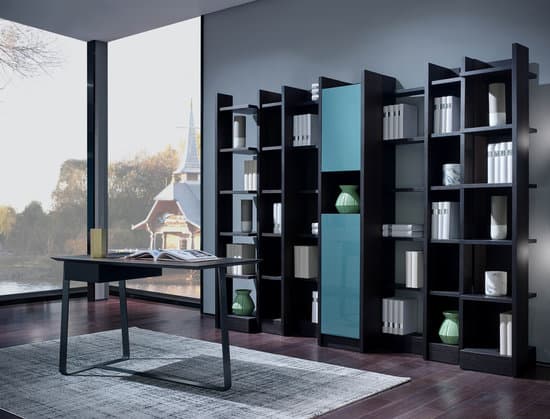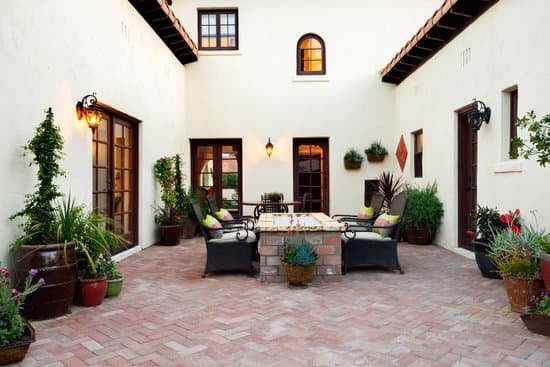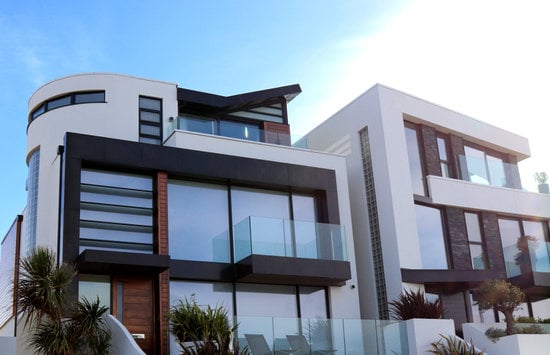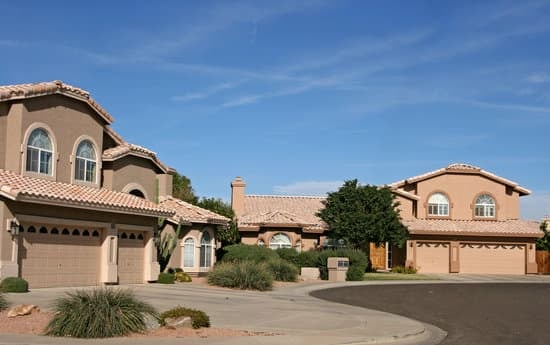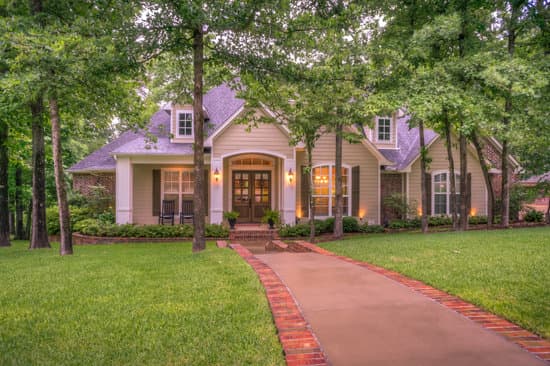Understanding Masonry Construction
Masonry construction is a broad term used for structures built using stone, brick, or concrete block. These materials are bound together with mortar, which acts as an adhesive that holds the building blocks in place. This type of construction is popular for its durability, strength, and aesthetic appeal. Masonry structures are known to last for centuries because of the inherent strength of the materials used.The Benefits of Stone Masonry
Among the different types of masonry construction materials, stone is the most durable and sturdy. Stone buildings have been known to withstand extreme weather conditions, earthquakes, and even fire. Not only does stone masonry provide excellent protection, but it also adds a unique aesthetic appeal to any structure. The natural beauty of stone adds character to any building and can increase its value.Stone Masonry vs Other Materials
One of the main advantages of stone masonry over other construction materials is its strength. Stone is known to be one of the strongest materials on the planet and is almost indestructible. Other construction materials like brick and concrete block are also durable, but they may not withstand the same level of damage as stone. Another advantage of stone masonry is that it is more fire-resistant than wood. In comparison, wooden structures can easily catch fire and may not provide sufficient protection against flames. Did you know?- Stone is a natural material that is quarried from the earth and is considered eco-friendly.
- Stone structures use less energy for cooling and heating as they have natural insulation properties.
- Stone structures are also seismic-resistant, which means they are less likely to get damaged during an earthquake.
The Durability of Stone Masonry
Stone masonry is incredibly durable and can withstand daily wear and tear. Since stones are naturally strong, they can resist chipping, cracking, and other types of damage. With proper care and maintenance, stone masonry structures can last for several lifetimes. Stone buildings from centuries ago still stand strong today, demonstrating the durability of this material.The Weather-Resistance of Stone Masonry
Stone masonry is also incredibly weather-resistant. It can withstand heavy rainfall, snow, and extreme temperatures without suffering any structural damage. The natural properties of stone make it resistant to water damage and erosion, making it an ideal material to use in coastal areas or regions with harsh weather conditions.Maintaining Stone Masonry Structures
To maintain the durability and aesthetic appeal of stone masonry structures, regular maintenance is essential. This includes cleaning the surface of the stone, repairing any chips or cracks, and sealing the stone to protect it from damage. It is also important to check for any signs of wear and tear and address them before they become major issues. Quick Tips for Maintaining Stone Masonry Structures:- Clean the stone with mild soap and water.
- Repair any cracks or chips in the stone to prevent water penetration.
- Seal the stone to protect it from damage and staining.
- Check for any signs of erosion or wear and tear and address them immediately.
Choosing the Right Stone for your Masonry Project
Selecting the right type of stone is crucial for any masonry project. Factors such as durability, color, texture, and cost should all be considered. Some popular types of stone used in masonry construction include granite, limestone, sandstone, and marble. Each type of stone has its own unique properties that make it suitable for different types of projects. Factors to Consider When Choosing Stone:- The color and texture of the stone.
- The durability and strength of the stone for the specific project.
- The cost of the stone.
- The availability of the stone.




